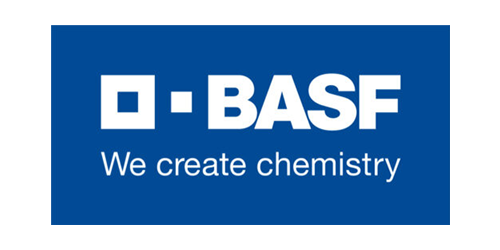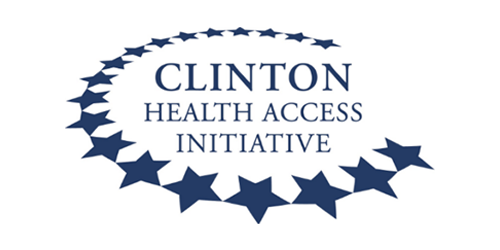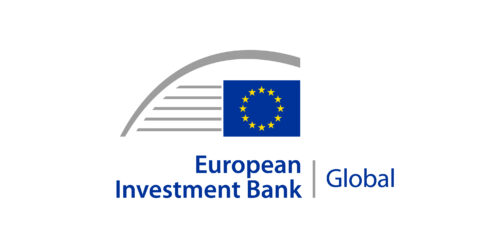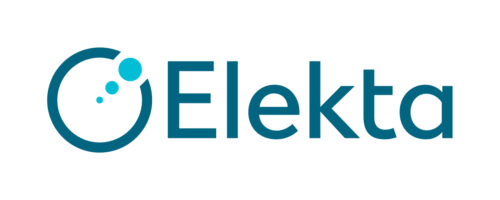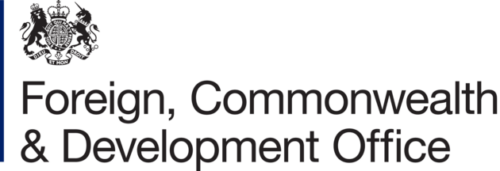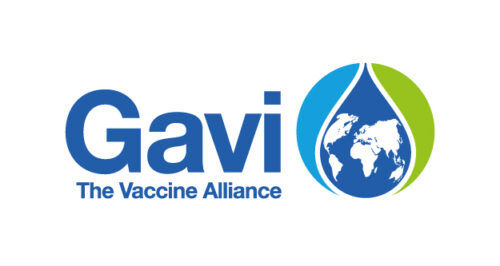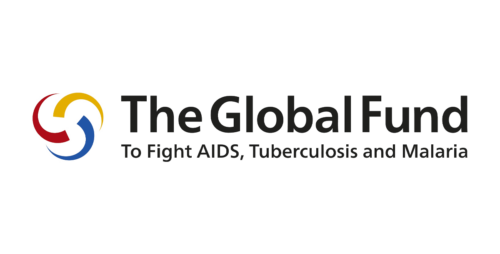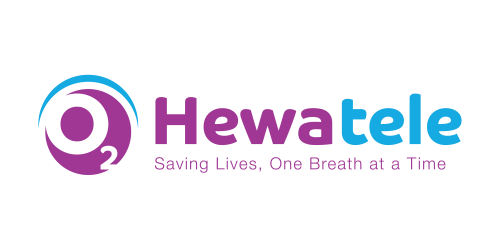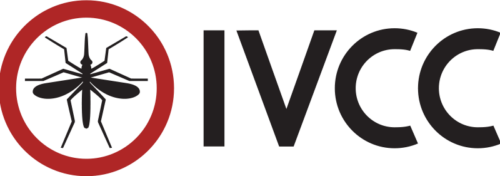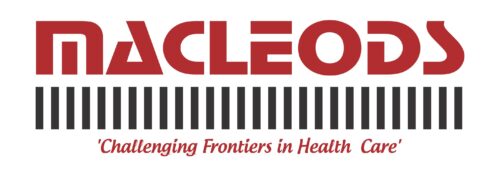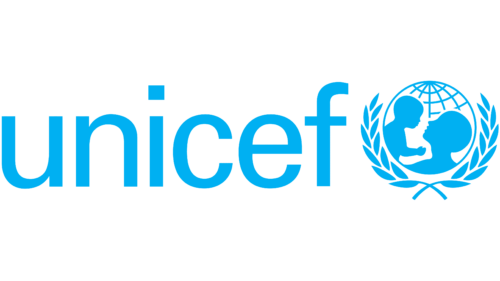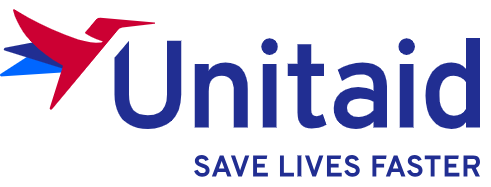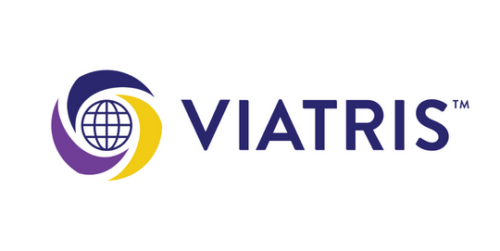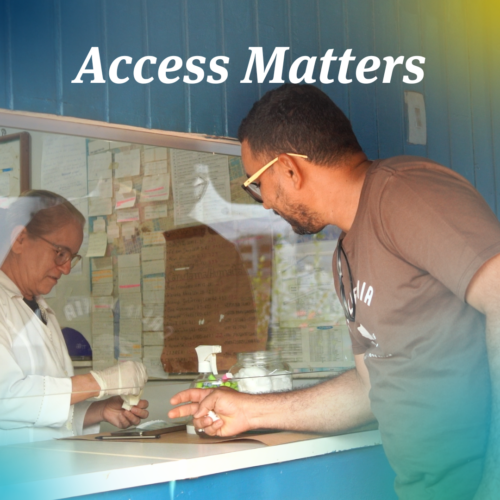5 key takeaways from the 2025 International AIDS Society Conference
By Emilie Grard, Health Investment Analyst, MedAccess
24 July 2025 | Insight
The global HIV response is facing an uncertain future due to challenging political and funding environments. At last week’s International AIDS Society Conference (IAS) in Kigali, global leaders, researchers and advocates gathered to address the rapidly shifting landscape in HIV prevention and care.
Discussions focused on how to accelerate access to new innovations poised to transform HIV programs, sustain momentum on scientific research and protect existing programmatic gains.
Here are my five key takeaways from this year’s conference:
1. Prevention first: Unlocking the power of long-acting pre-exposure prophylaxis (PrEP)
A major highlight of IAS 2025 was the emergence of a new era in HIV prevention, driven by an expanding toolbox of long-acting PrEP options.
- WHO released guidelines recommending lenacapavir, a twice-yearly injectable shown in the PURPOSE trials to be nearly 100% effective in preventing HIV acquisition, as an additional PrEP option.
- The Global Fund and Gilead announced an access agreement to supply lenacapavir in low-and-middle income countries.
- Merck announced its once-monthly oral PrEP candidate (MK-8527) is entering Phase 3 trials.
- Following the latest WHO recommendations, ViiV Healthcare and the Medicines Patent Pool (MPP) expanded their licensing agreement for the long-acting injectable cabotegravir (CAB-LA) to enable generic production of CAB-LA, in combination with long-acting rilpivirine, for HIV treatment. This updated MPP-ViiV agreement is an extension of the voluntary license for CAB-LA for HIV PrEP, increasing the availability of long-acting innovations.
These innovations offer practical, user-friendly options for HIV prevention and can help address stigma and adherence challenges. The message from global partners is clear: prevention must be prioritised, with early and equitable access to a range of products central to the HIV response – ensuring that people have real choices to meet their needs.
2. HIV self-testing: A catalyst for scaled-up HIV prevention and care
Delegates continued to highlight HIV self-testing (HIVST) as a vital tool for expanding access to HIV services, specifically as a way to support PrEP scale-up and reduce program costs. Self-testing provides a private, convenient and cost-effective way to screen for HIV, helping to reduce the burden on health systems by eliminating the need for a healthcare worker to administer the test. HIVST is particularly valued among adolescents and key populations (which includes men who have sex with men, sex workers, transgender people, people who inject drugs and people in prisons or other incarcerated people) – two groups that are also a focus for HIV prevention programmes. Countries like Zimbabwe and Zambia are exploring how HIVST can be used to support scale-up of long-acting PrEP, with a particular focus on these populations.
HIVST is poised to unlock a more accessible, people-centred HIV response, where testing is a gateway, not a gatekeeper. At MedAccess, we’ve been supporting access to HIVST since 2022 by providing a volume guarantee to Wondfo. Our guarantee enabled Wondfo to reduce the price of its self-test to the lowest on the market, driving competition and setting a benchmark price for future entrants.
3. Toward triple elimination: Integrating HIV, syphilis and hepatitis B prevention in maternal care
Experts at IAS highlighted growing momentum for the triple elimination of mother-to-child transmission of HIV, syphilis and hepatitis B. Countries like Uganda, Malawi and Rwanda shared evidence that integrated antenatal care strategies can streamline testing, treatment and vaccination for all three infections. This approach reduces missed opportunities for prevention, particularly for hepatitis B, which remains under-prioritised with lower screening rates than HIV and syphilis.
In 2021, MedAccess provided a volume guarantee to SD Biosensor for the dual HIV and syphilis test for pregnant women which resulted in a price reduction to below $1 for public purchasers in over 100 low- and middle-income countries. As a result, syphilis testing rates have increased significantly, but global partners must now consider how to support increased rates of hepatitis testing further.
Days before the start of the IAS Conference, the first triple test for HIV, syphilis, and hepatitis B received WHO prequalification. With guidelines, products and pathways to funding falling into place, organisations such as Unitaid emphasised the importance of shifting focus toward effective, equitable implementation of triple elimination programmes.
4. The impact of funding cuts
Reduced funding was a central theme at IAS, following U.S. cuts to foreign aid earlier this year that resulted in widespread service delivery rollbacks. While bipartisan efforts in the U.S. Senate to protect $400 million in funding from the President’s Emergency Plan for AIDS Relief (PEFAR) were welcomed, earlier disruptions have had severe consequences, including reduced HIV testing, delayed treatment initiations and forced closure of community-led programmes. Delegates emphasised the importance of sustainable, nationally led HIV programmes – alongside renewed commitment from funding partners. UNAIDS’ Global AIDS Update 2025 highlights that while 25 low- and middle-income countries have increased domestic HIV spending, this alone cannot close the global funding gap.
5. We must not go back
Perhaps the most urgent message at IAS 2025 was that the world cannot afford to stall on HIV. Former IAS President and Chief Operating Officer of the Desmond Tutu HIV Foundation, Linda-Gail Bekker, cautioned against complacency, warning that political instability, donor fatigue and rising stigma threaten to reverse decades of effort. Momentum must be sustained through robust advocacy, community leadership, evidence-driven policies and protection of human rights. The conference ended with a call for global solidarity to preserve and build upon the hard-won achievements of recent decades.
And finally…
The 2025 IAS Conference affirmed that scientific innovation and nationally led efforts are guiding the future of HIV prevention and care. But recent gains remain fragile without sustained funding and global commitment. Now is the time to double down on prevention, invest in sustainable HIV programmes, scale up what works, and protect progress for all communities through strong global partnerships.


